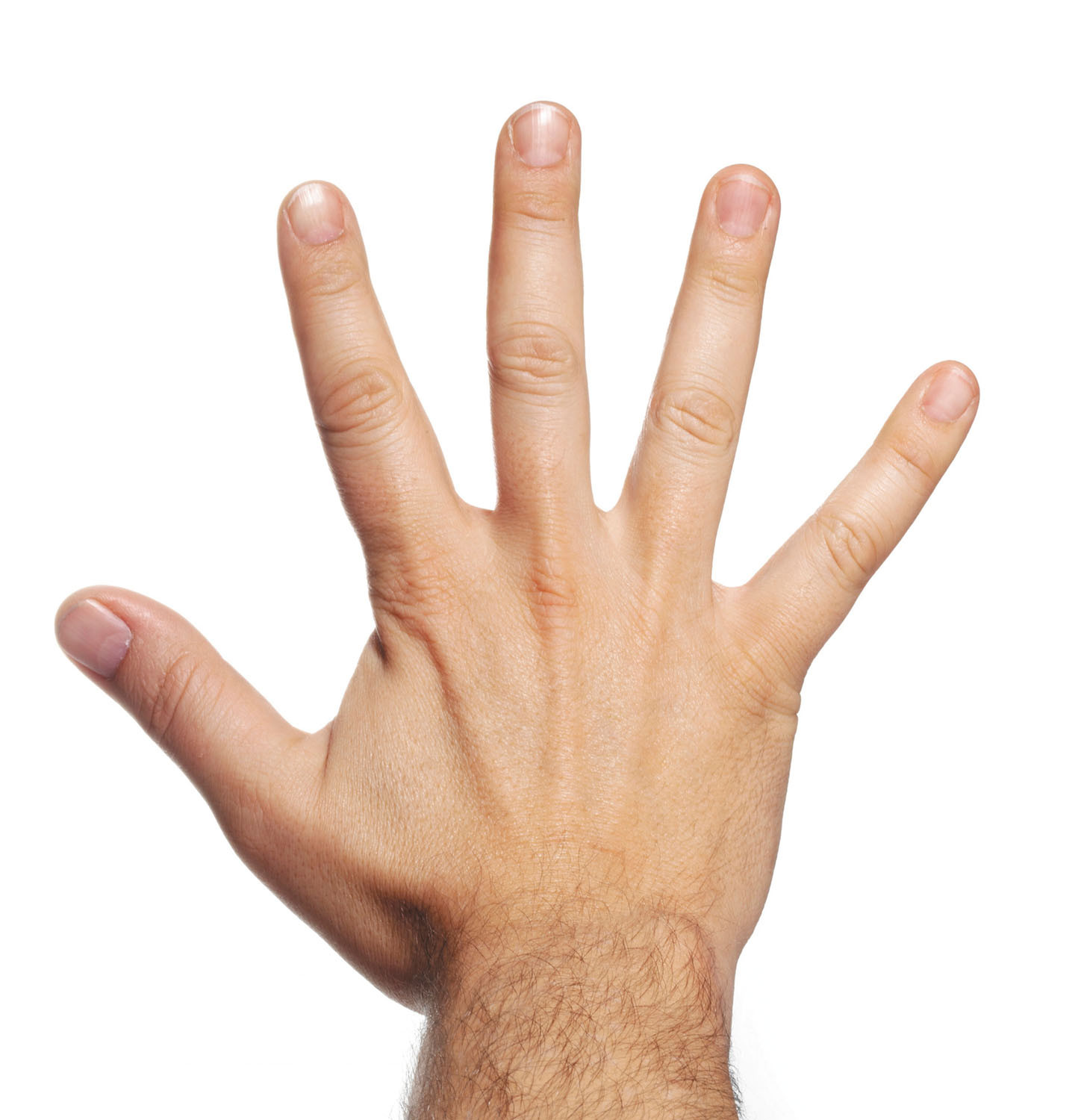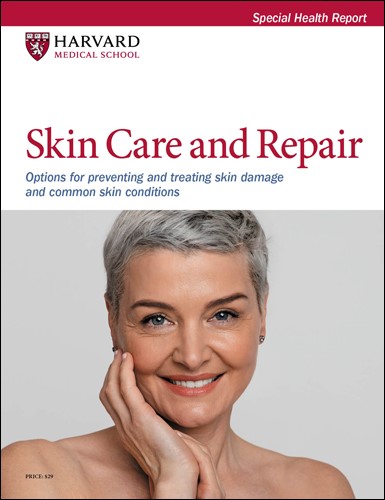You don't say? Pointing a finger(nail) at your health
 Healthy nails are smooth, uniformly shaped, and often have a lighter half-moon shape under the nail near the cuticle. Yet some conditions can show their mark on your fingernails. For example:
Healthy nails are smooth, uniformly shaped, and often have a lighter half-moon shape under the nail near the cuticle. Yet some conditions can show their mark on your fingernails. For example:
Lung disease. Lung cancer, extensive lung scarring (pulmonary fibrosis), and cystic fibrosis often are associated with nail "clubbing." Here, the nails take on a raised, rounded appearance, like a club. However, healthy people can have clubbing, too, as it also runs in families.
Psoriasis. Small nail indentations (called pits) and thickening of the nails are typical in people with psoriasis. In fact, these nail changes may be the first or only sign of the condition.
Endocarditis (infection of the heart’s valves). Fever, shaking, chills, and rash are typical symptoms. However, multiple red lines under the nails — called splinter hemorrhages — also may suggest endocarditis.
Just about any serious illness can affect the growth and appearance of the nails. Sometimes you can tell if someone was sick several months ago by horizontal ridges or indentations in the nails, called Beau’s lines. These lines may occur after any severe illness, including those associated with a high fever or severe nutritional deficiency.
The closer to the cuticle the lines are, the more recently the illness occurred. A line right near the bottom usually indicates an illness a month or so earlier. A ridge closer to the fingertip suggests it occurred up to five or six months before — which is also about the time it takes the average fingernail to replace itself.
Image: © JazzIRT/Getty ImagesAbout the Author

Matthew Solan, Executive Editor, Harvard Men's Health Watch
Disclaimer:
As a service to our readers, Harvard Health Publishing provides access to our library of archived content. Please note the date of last review or update on all articles.
No content on this site, regardless of date, should ever be used as a substitute for direct medical advice from your doctor or other qualified clinician.
















